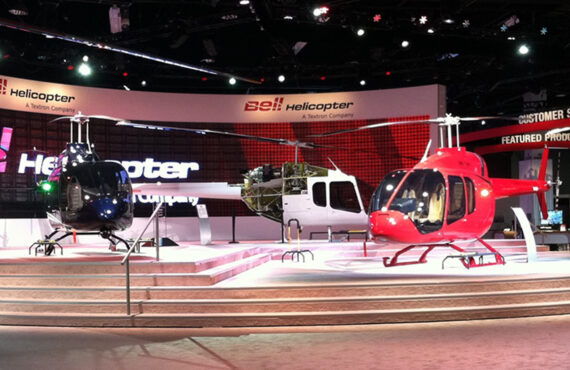
Limits?
We refuse to see them.
From propulsion systems to structures, rotorcraft to rockets, sea level to sub-orbital, GEO, drones, and beyond, Roush loves to work in rarified air mobility.
Work With Us
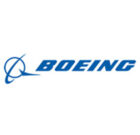
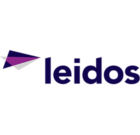

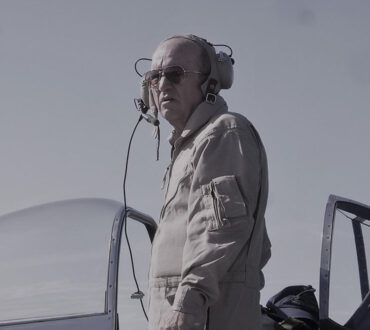
The soul of Jack Roush can be felt in all of our aerospace engineering and aerospace manufacturing endeavors.

His love for flying and vintage warbirds inspires us to take to the skies with limitless ambition, efficient commercialization, and market expertise.
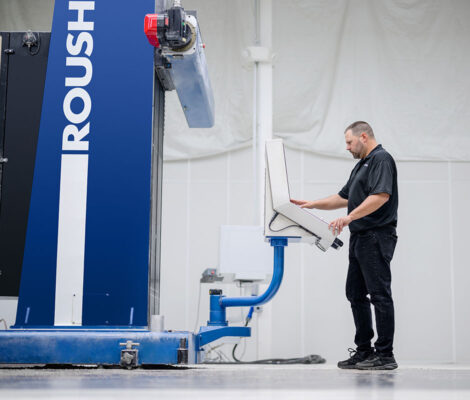
We are a single-source approach. A full-scale solution. And a next-level mentality.
The fusion of aerospace and automotive high technology created by Roush has led to a pace of advancement that is simply unmatched.
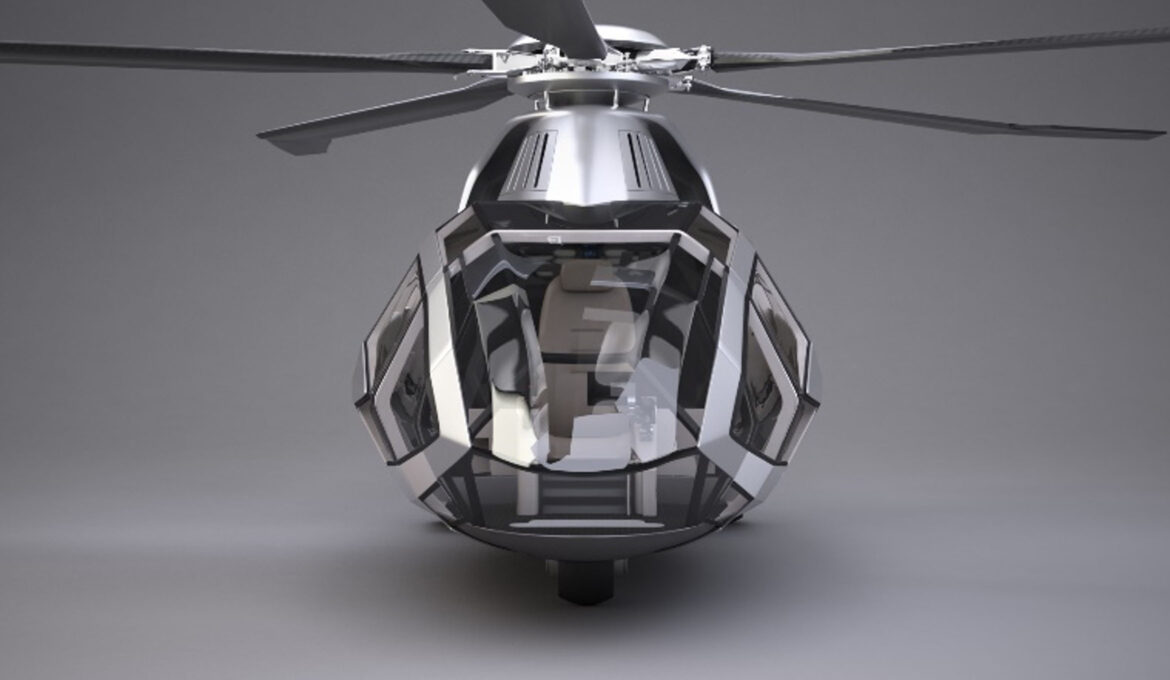
Commercial aircraft.

Drone innovation.

Space exploration.
Our Stories
We make the fast faster. The lightweight even lighter. The agile even more agile. We are Roush, and through aerospace engineering, prototyping, testing, and beyond, we can take you to new heights.

Together, we can help you imagine. Create. And launch what’s next.
Contact UsFrequently Asked Questions
What is the difference between VTOL and eVTOL?
VTOL (Vertical Take-Off and Landing) refers to aircraft that can take off, hover, and land vertically, including helicopters and some military jets. It plays a key role in aerospace design, allowing aircraft to operate in confined areas without needing runways.
eVTOL (Electric Vertical Take-Off and Landing) represents a more advanced, eco-friendly evolution. Powered by electric propulsion, eVTOLs are quieter and produce fewer emissions. This technology is critical for modern aerospace engineering, with applications in urban air mobility and sustainable aviation. eVTOLs are seen as the future of vertical flight since they combine efficiency with cutting-edge aerospace design.
What are the advantages and disadvantages of eVTOL?
Advantages: eVTOL (Electric Vertical Take-Off and Landing) aircraft offer quieter, more efficient, and eco-friendly flight compared to traditional VTOL aircraft. Their electric propulsion systems also reduce emissions and operating costs, making them ideal for urban air mobility. eVTOL technology is opening new possibilities in aerospace design and engineering — with futuristic applications ranging from passenger transport to cargo delivery.
Disadvantages: However, eVTOL aircraft face challenges like limited battery life, which restricts flight range and payload capacity. The technology is still in development, requiring advancements in energy storage, infrastructure, and regulatory approval before widespread adoption in the aerospace industry.
How high can an eVTOL fly?
eVTOLs are designed to fly at low altitudes (under 5,000 feet). Their most popular potential uses, like air taxis and short trips in cities, don't require high altitudes and would be hindered by frequent climbing and descending. The air is thinner at higher altitudes, which makes it harder for the eVTOLs to generate lift. Since current battery technology is limited and these vehicles are lightweight, they can't afford to use extra energy for higher flights.
Still have questions? Connect with our team to learn more.
